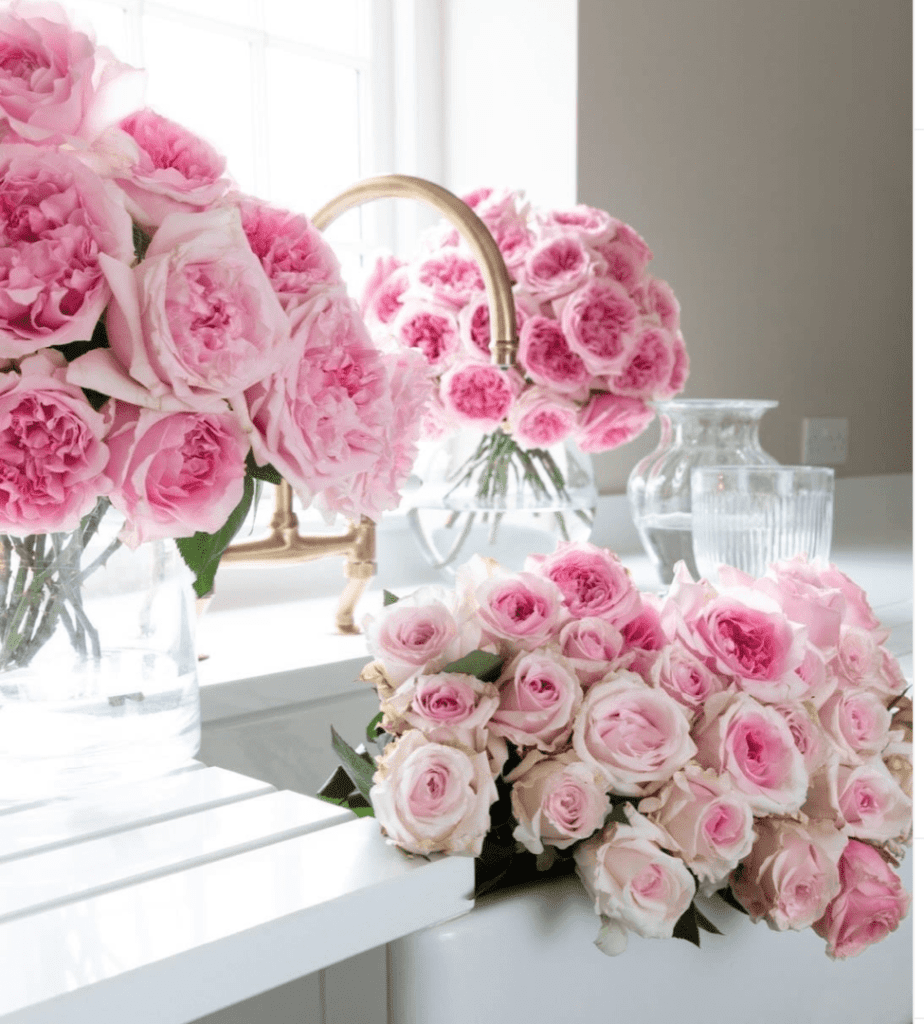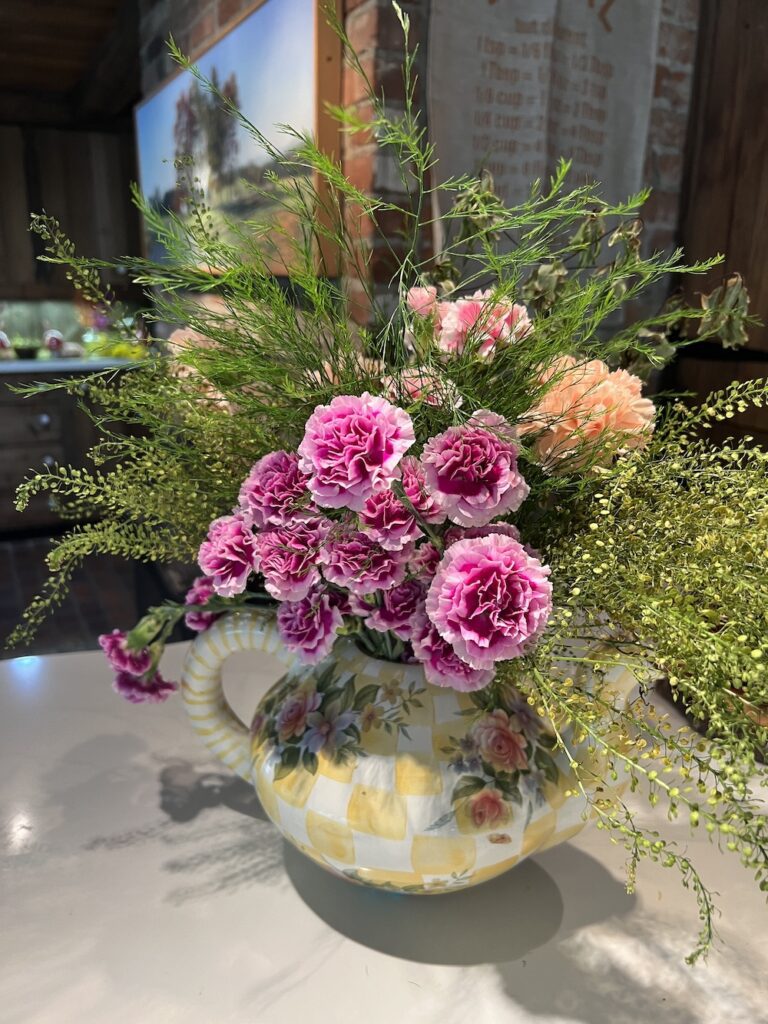12 Beautiful Pink Flowers to Show Love and Support for Breast Cancer Survivors

 By Jill Brooke
By Jill Brooke

This is how a pink carnation connects women to each other.
For over 30 years, every October, it is the most common flower that is given to share support and compassion for anyone who is fighting breast cancer or been impacted by it. Any pink flower shares the sentiment of support.
While the exact origin of using pink for breast cancer awareness is debated, the widespread association with the color pink is largely attributed to the “pink ribbon” campaign launched by Self magazine and Estée Lauder in the early 1990s.
However, simultaneously the Susan G. Komen Foundation, a prominent breast cancer organization, also heavily utilized the color pink in their campaigns, further solidifying the connection.
Just send a picture, a flower or a sentiment to anyone you know who has navigated breast cancer or been impacted by it. There are over 4 million breast cancer survivors in the United States. When caught early, the 5-year relative survival rate is 99%. All the research is leading to better cures. Plus no act of love is ever wasted. And flowers share that flower feeling.

Every year at our Buxton Pond Farm, I make sure to have fall pink flowers. Options in my garden zone include zinnias and cosmos as well as roses. But here are 12 pink flowers that come in a variety of shades that bring such pleasure.
My favorites are the following: Tulips. Roses, Snapdragons. Cosmos, Zinnias. Daisies. Carnations. Peonies. Camellia. Cherry Blossom. Dahlia. Geranium.
Carnations are often the choice for many organizations because they are less costly than roses. Also they last longer in the vase – almost two weeks – compared to other flowers. But if you have a collection of bud vases in a cabinet – like I do – you can just send one bloom to share your love and support. Because worrying about breast cancer – once someone has it – never goes away. Knowing that there is compassion goes a long way.
You can also be creative in how you support a loved one. Be inspired by some of these master florists who created pink themed arrangements. Even a picture or this story tells them you care.





Jill Brooke is a former CNN correspondent, Post columnist and editor-in-chief of Avenue and Travel Savvy magazine. She is an author and the editorial director of FPD and a contributor to Florists Review magazine. She also won the 2023 AIFD (American Institute of Floral Designers.) Merit Award for showing how flowers impact history, news and culture
